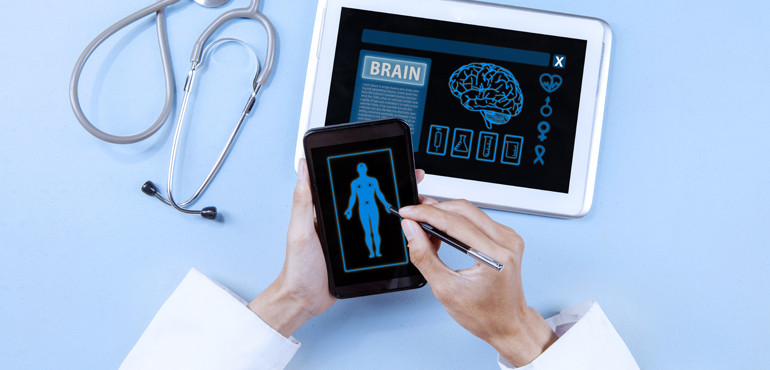Choosing the right Clinic Management Software is anything but easy. However, it is one of the best decisions you will ever make that will help you enhance patient care and maximize revenues.
Considering the enormity of the decision and the impact it will have on your clinic’s operational performance, there are critical factors that you may want to consider before the actual buy.
Read through this guide to know the 7 most important factors to consider while buying a Clinic Management Software:
1. How Much Automation Are You Looking At?
There are a lot of options available as far as automating your clinic is concerned. There are exclusive billing or patient records or OPD scheduling software’s available; there are also complete clinic automation software available which include all the modules like billing, patient records, OPD scheduling, stores, pharmacy and much more. Depending on your budget, the ability to embrace change by your staff and your confidence on automating your processes, choose the right combination for you.
2. How Much Customization Will Be Needed?
No software will come custom made for your clinic because you will have some of your unique processes, which will need customization in your Clinic Management Software. After deciding how much automation you need, next logical step is to decide how much customization would you need and how confident is your vendor of delivering those. Be sure to choose a software that can accommodate all your mandatory requirements.
3. How Integration Friendly Is The Software?
A critical point for consideration while buying a software is how easy will be the transition from your old system to your new system. It is important not to lose any data and choose a software that allows a hiccup free integration. Be sure to consider this factor and also ensure the time it will take to integrate, the downtime involved and the additional investment involved, both in terms of time and money.
4. How Much Time Will Implementation Take?
Timeline for automation goes well beyond buying the product or the hardware and software installation; it is the total implementation including training of the staff and getting them to use all the features of the software. Timelines with target dates for each level of implementation and the cross checking of each level needs to be considered and discussed with complete clarity before the purchase decision is made.
5. How Much Post-Sales Technical Support Will Be Available?
Bought. Installed. Trained. Implemented. What about an unforeseen hiccup after implementation? Each staff member would have understood the technicalities in a different way and there could be a hiccup owing to wrong use or there could be a situation that was not a market reality while implementing the software? It is crucial that technical and training support should be available at a cost, post-sales. Be sure to negotiate a profitable association for the clinic while considering technical support post-sales.
6. Get Clarity
Be clear on how and at what cost will the software and hardware upgrades be implemented, what will be the downtime while the upgrade/s are happening and what will be the training routine post the upgrade/s? These are some critical questions to ensure long-term effective performance of the software and the answer needs to be clear before the buy decision is made.
7. Check Credentials and Certifications
Once you are satisfied with these performance points of the software, do a background check of the company you are finalizing to buy the software from. Check how long they have been in the business, check their clients list and see if they have serviced a clinic of your capacity in terms of specialties and turnover, do they have an experienced team to support you in your automation journey etc. This is to ensure that you have all the information to make the right decision for you.
Given that there are hundreds of points that can be considered while buying a Clinic Management Software, these are the most critical 7 points that cannot be ignored. Ensure these are on your checklist when you initiate your clinic’s automation journey.








